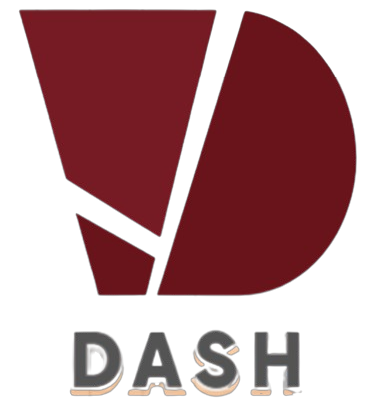So, you finally landed that internship after weeks (or months) of studying product or project management. Maybe you transitioned from sales, customer support, law, engineering, or something completely unrelated. You’ve been watching YouTube, taking courses on Product Dive or Coursera, and updating your LinkedIn title like a champ.
But now that you’re in, you’re attending daily stand-ups and feeling completely lost. Everyone seems to be speaking a different language. You’re barely catching up with what the developers are saying, your suggestions are being brushed off by the product owner or CTO, and honestly… you’re wondering if they even need you.
Let’s pause right here.
- First: you’re not alone.
- Second: this is normal.
- Third: you are needed — but you need a strategy.
Here’s a guide to what you should focus on in your first three months as an intern, especially when you’re just starting out or transitioning from a different background.
Month 1: Observe, Understand, and Connect
- Review Everything — Literally Everything
- Request access to every document: product briefs, backlog, vision docs, user stories, past sprint retros, roadmap, even old pitch decks, existing application, plan. Basically, anything that is available that can help you know about the product you are meant to be managing.
- Ask:
- What was the initial idea behind this product?
- Where is it now?
- Where is it going?
- Why does the idea exist?
- Who are the identified competitors?
- What have we done so far?
- What are we doing at the moment?
- What resources do we have to work on the product?
- What project management tool are we currently using?
- What are our communication tools?
- This gives you context. Without context, your voice in meetings will always feel out of place — even to you.
- Start Building Relationships One-on-One. Don’t try to “own the room” from day one. Instead, schedule casual calls or chats with team members. This will help you become more than “the intern who’s always asking questions.” You start becoming part of the team. When you meet with each of them, talk to your team mates about:
- What they understand that the product that they are building is
- What feature they are currently working on
- What blockers they are currently facing
- How they prefer to communicate
- Learn to Listen Actively and Take Smart Notes. During any meeting, scribble notes — don’t try to type every word. Meetings are fast-paced. Use short forms and arrows. Clarity comes later.
- Keep track of who said what, what they were working on yesterday, and what they’re doing today. It helps you follow patterns.
- You can’t contribute meaningfully to a product you don’t understand.
Your first few weeks are not for proving yourself — they’re for learning.
Month 2: Start Adding Value Quietly and Intentionally
- Map Conversations to Workflows. When someone says, “I’m fixing the API response for the onboarding screen”, ask yourself:
- Is this part of the current sprint? Should they be working on this now?
- Is this tied to a bug, an epic, or a user story?
- What part of the bigger product goal does it support?
- Make Small, Data-Backed Suggestions. At this stage, your ideas will still be challenged — that’s normal. Doing this will build your credibility. Start suggesting with:
- Data (user feedback, usage metrics if available)
- Empathy (how users are affected)
- Context (how it aligns with the product goals)
- Document Gaps and Opportunities. You might notice documentation is missing, QA is rushed, or no one is tracking retrospectives. Instead of complaining, create a simple system or bring it up with a soft “Can I help improve this?”. Start solving problems silently — let your work speak.
The ability to connect daily updates to the broader roadmap is one of the strongest muscles a PM can develop.
Month 3: Take Initiative and Show Ownership
- Start Coordinating Something — Anything.
- Could be daily stand-up notes.
- Could be writing the first draft of a PRD.
- Could be facilitating a mini retrospective.
- Choose one recurring activity and own it — consistently.
- Get Clear on What Success Looks Like. Ask your supervisor:
- “What would make this internship a success for you?”
- “Are there areas you feel I can lead or improve?”
This helps you focus and removes guesswork.
- Use Past Weeks to Predict and Plan. You’ve now spent 6+ weeks understanding who does what and how things flow.
- Begin lightly planning or suggesting small improvements for upcoming sprints.
- Use historical updates to help the team stay consistent.
Bonus: Handling Rejection of Ideas
- Don’t take it personally. Even experienced PMs have ideas rejected. In fact, you’ll likely leave jobs where your ideas were ignored — it happens. What matters is:
- Why your suggestion was rejected.
- How you respond to it.
- What you learn from the experience.
- Keep showing up with better, clearer, more informed ideas.
Final Notes
- If you feel like the team doesn’t need you, remind yourself: they didn’t bring you in by accident. Even if the product has existed for two years, even if everyone seems to know what they’re doing — they still need someone to:
- Bring fresh eyes
- Coordinate chaos
- Bridge communication gaps
- Ask “why” when everyone is used to “how”
- You just need to ease into that role smartly.
- So take a deep breath. Start learning. And then, start leading — even in small ways.
- You’ve got this. i believe in you.



